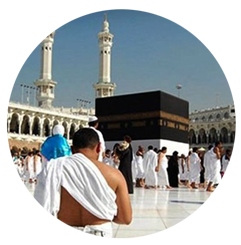HAJJ PACKAGE 2025
Premium Hajj Package



- Makkah – 4 days (Swissotel Al-Maqam) 5 stars
- Mina – 4 days Maktab A ( Zone 1 ) VIP Camps
- Aziziah – 2 days ( Hotel Near Escalator )
- Madinah – 3 days ( Dar Al-Taqwa International)
- Ground transportation in deluxe AC buses
- Visits to historical sites in Madinah
- Spiritual Guidance: Sheikh Waqas Uddin





















